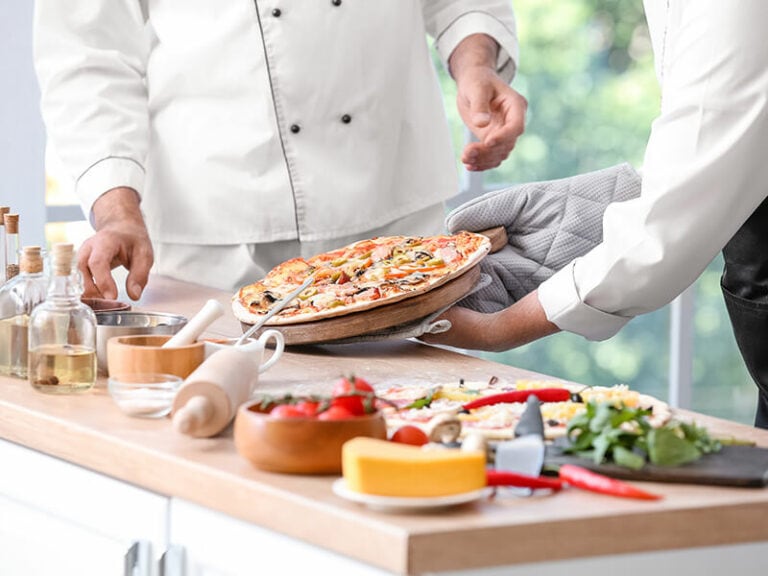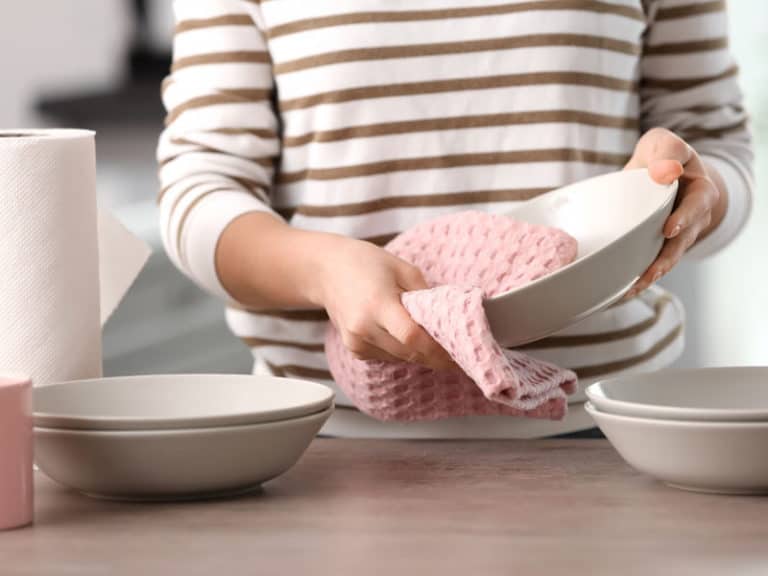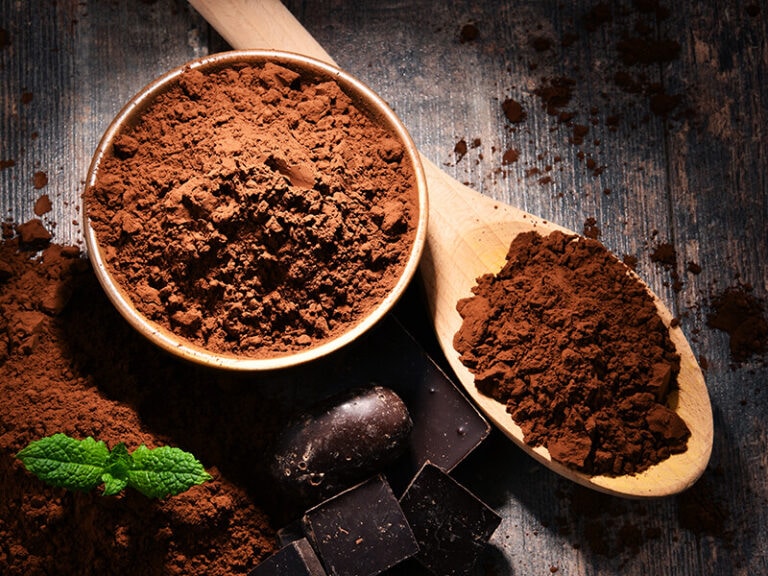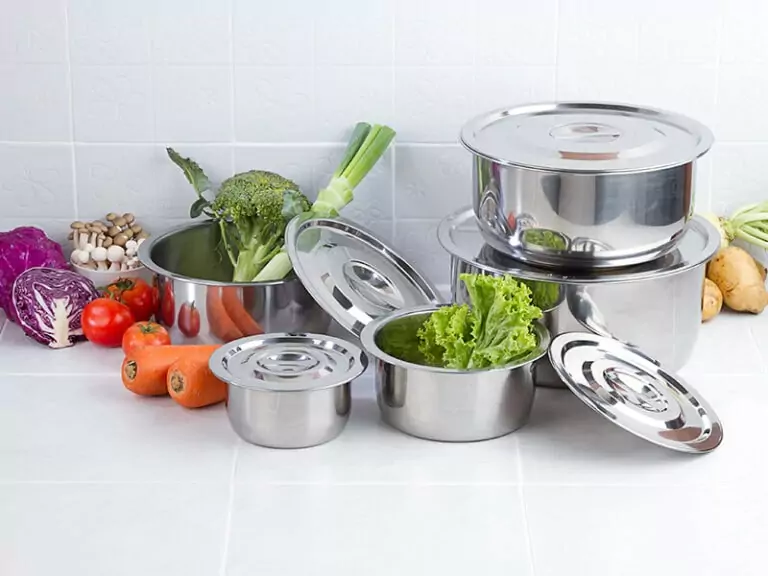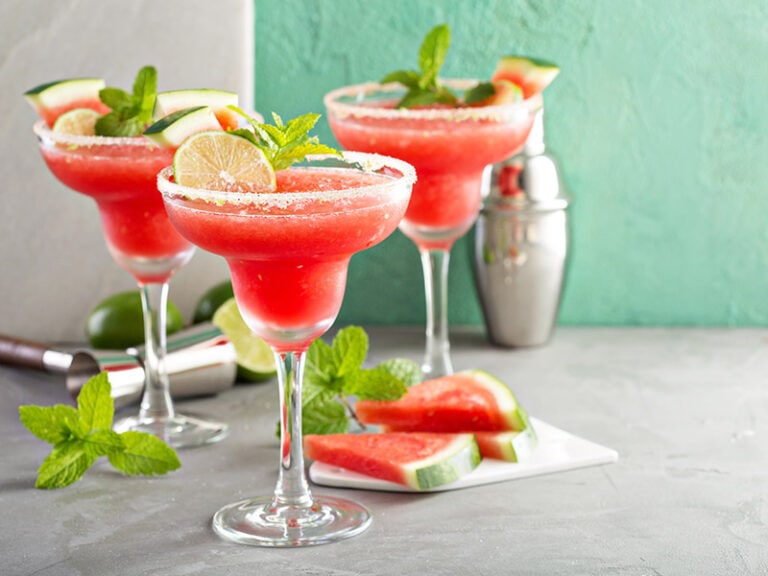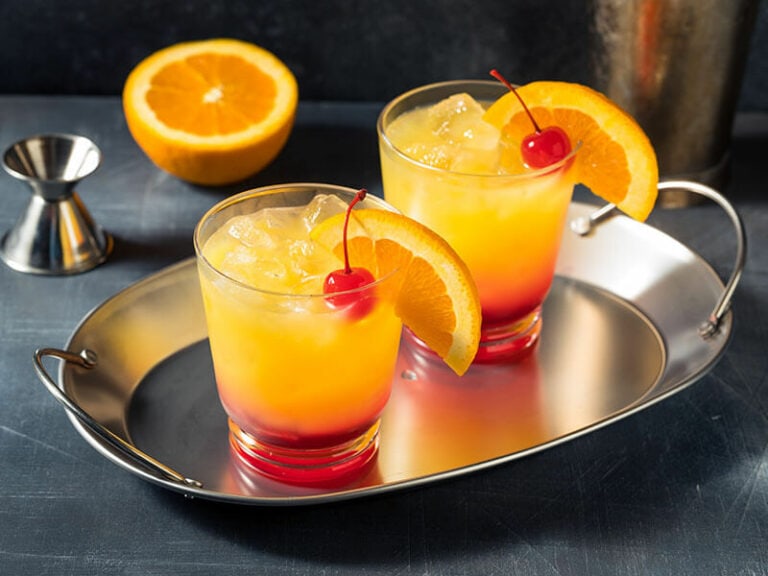How to make corn flour from cornmeal is not tricky anymore with this detailed instruction. Corn flour is an indispensable ingredient when making bread, crackers, pancakes, waffles, or cupcakes.
In addition, you can also use wheat flour as a substitution. With such versatility, it is understandable that many people use corn flour daily. Corn flour has a strong corn flavor and a pale yellow color. It should add a significant amount of nutrients to your daily menu.
However, in some places, corn flour is not widely available. Therefore, you should refer to this article to learn how to make corn flour from cornmeal in simple and convenient ways.
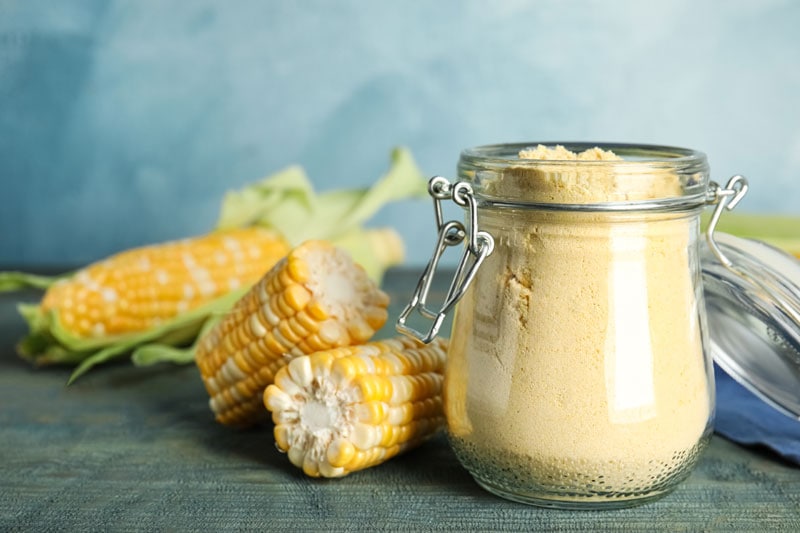
What Is Corn Flour?
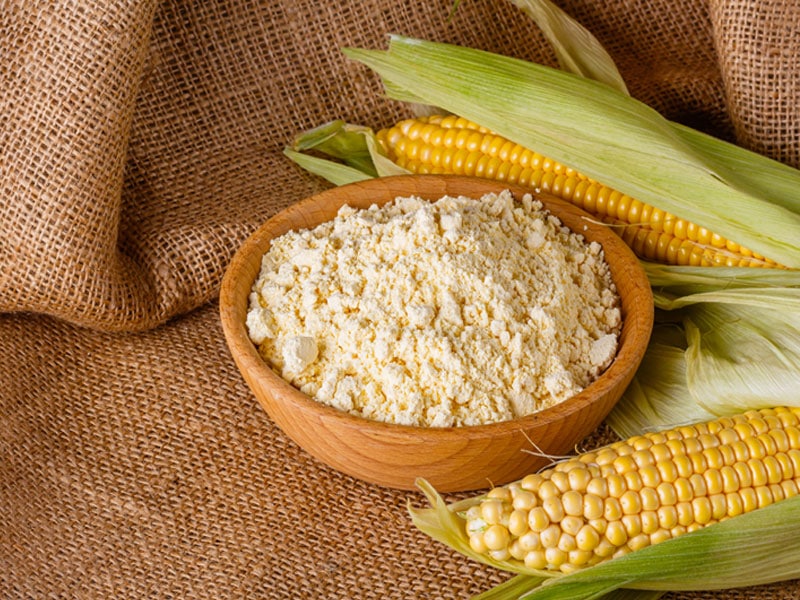
Corn flour is probably familiar to many since it contributes to many baking recipes. It is finely ground flour from whole-grain corn. These dried corn kernels retain the germ, endosperm, and also hull. (1)
So people have considered corn flour as a whole-grain product. Like most others, the texture of this flour is smooth and often comes in yellow. Corn flour still contains a lot of protein, fiber, and other vitamins and minerals.
Corn flour retains its natural, earthy flavor and sweetness like fresh corn kernels. Corn flour must be generally processed into bread, pancakes, waffles, or fried dishes to show its flavor.
How To Define Cornmeal?
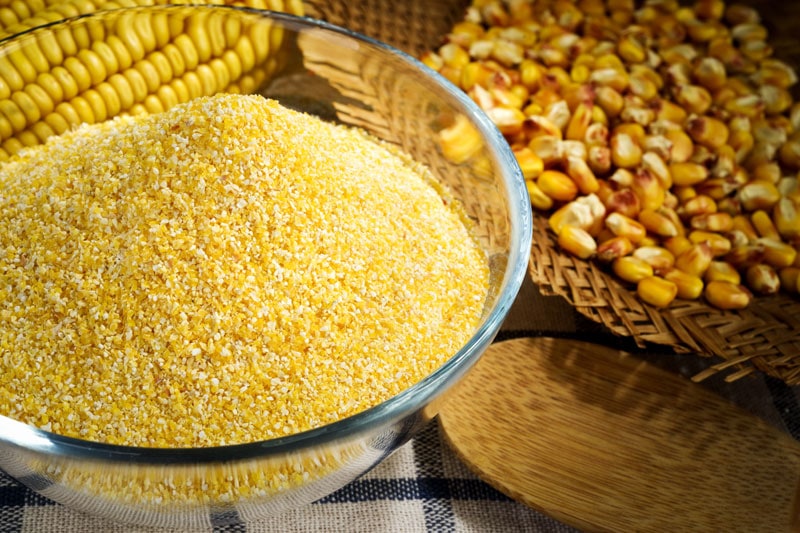
Cornmeal is a coarse flour made from grinding dry corn, and people use it as a staple food. Cornmeal has a coarse, medium to fine texture. Of course, it’s not as smooth as wheat flour. When cornmeal reaches perfect fineness after grinding, Mexicans call it corn flour.
Know The Differences Between Corn Flour And Corn Starch
Corn flour and corn starch come from corn but are different in color, nutrition, and flavor. In terms of ingredients, people use whole corn kernels to make corn flour.
Meanwhile, corn starch consists of the endosperm (the core). Therefore, refined corn starch is white and does not retain as many nutrients as corn flour.
Almost all corn starch is completely removed from protein and fiber but only with high carbohydrate content. In addition, cornstarch is also tasteless and plays as a binder and thickener for dishes.
Stick to this information to know the differences between corn flour and corn starch.
Home-Made Corn Flour From Cornmeal Recipe
Many people sometimes confuse corn flour with cornmeal because they are both made from the whole corn kernel. However, cornmeal is a coarser ground powder from the husk and core seeds.
So, to make corn flour from cornmeal, you simply reduce the size of the cornmeal by grinding them finely. It is not difficult to make corn flour from cornmeal. You can refer to the two methods below to simplify how.
Use Your Blender (Or Food Processor)
All you need is the required amount of cornmeal and a blender or food processor.
- Step 1: Add the appropriate amount of cornmeal to the blender container (1 to 2 inches above the blade and about 1/2 way from the top of the blender).
- Step 2: Turn on the machine with each burst lasting around 20 seconds and pause to mix the flour evenly.
- Step 3: Continue pulsing until you reach the desired smoothness.
Use Your Grain Mill
This is a simpler way because the grain mill is a specialized product. It possesses a preset mode for grinding cornmeal. If corn flour’s quality in the first teaspoons is not smooth, you can grind it twice to get the best texture.
- Step 1: Set the finest grind mode for the grain mill.
- Step 2: Add the cornmeal to the hopper.
- Step 3: Turn on the grain mill and grind cornmeal.
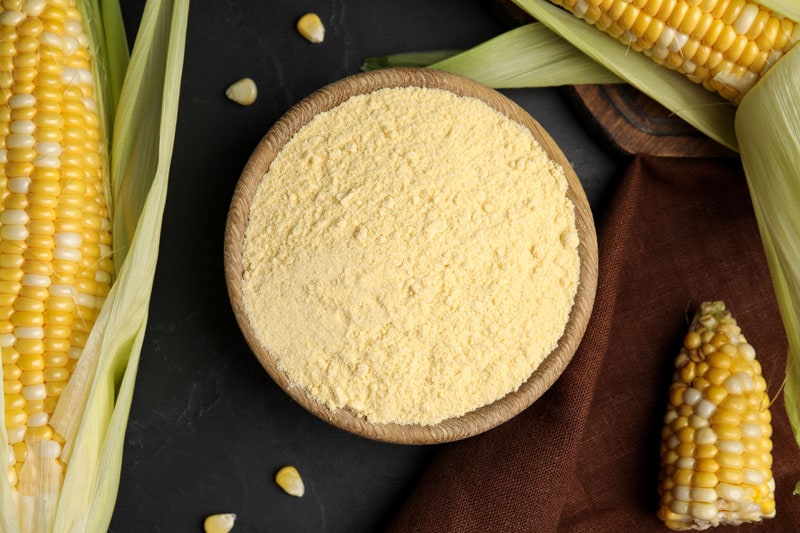
Alternative Ingredients To Make Corn Flour
Instead of cornmeal, you can make corn flour from three other ingredients. Grits, whole corn, or popcorn is the ideal substitute for cornmeal. As a result, you do not have to worry about lacking corn flour, as you can do whenever you want.
Grits
Grits are coarse flour made from corn. It is essentially cornmeal but has a rougher texture. People in South America usually cook grits with water, broth, or milk to make porridge. It is a popular dish served as a snack and breakfast.
That’s why you can completely replace cornmeal with grits. They are no different, except grits have a coarser texture. You can solve this problem by adding grits to the blender or grain mill and increasing the grinding time.
Every step is the same as how you would use cornmeal to make corn flour. However, you need to pay attention to their taste.
Producers sometimes season the grits with cheese, bacon, and butter to create palatability and convenience. However, for making corn flour, you only look for normal and plain types.
Corn Cob
Since the old times, people have used the whole cob to make corn flour. They separate the kernels from the cob, dry them, and grind them into a fine powder. (2) Obviously, the resulting powder is sweeter and has a stronger taste of fresh corn than using other ingredients.
However, using kernels from the whole cob is quite complicated because you need to go through the de-kernel step before grinding them into corn flour. Try to refer to the A-Z guide for an easier process.
- Step 1: Cut the corn off at the base, then remove the husk and silk off the cut end.
- Step 2: Wiggle a spoon or fork between the rows of kernels, extracting one row at a time.
- Step 3: Press the kernels from the following row into the empty gap to remove them, and keep going until you get all of the kernels.
The next thing you need to do is dry the corn kernels. Depending on the conditions, you can use the oven, microwave, dehydrator, or dry in the sun.
You must check to make sure they are completely dry to avoid mold or pests. After drying, corn kernels are harder to grind than cornmeal or unpopped popcorn.
Therefore, you need to use a grain mill, food processor, or blender with a strong capacity and a sharp enough blade.
You may refer to this step-by-step tutorial to make corn flour from corn cob and cornmeal.
Unpopped Popcorn
It sounds strange but using popcorn kernels to make corn flour is possible and very simple. The methods are the same as the way you would make corn flour from cornmeal or grits.
First, you need equipment like a blender, food processor, or grain mill. However, the high power factor and a sharp blade are always prerequisites.
Remember to fill only half of your device’s container with popcorn kernels for optimal results. Too much popcorn may overheat the machine, making it unable to work properly.
You should check the finished corn flour product for grain mills, whether with a special container or automatic operation. If it hasn’t reached the desired consistency, add the flour to the grain mill and grind again.
3 Incredible Tips To Make Corn Flour
Grinding cornmeal into corn flour does not require sophisticated techniques. However, you need to keep a few things in mind to make the process easier and save time.
- Tools are extremely important to the grinding process. So make sure the sharpness of the blender’s blades is on point.
- The problem with making corn flour is that they are not milled evenly, resulting in an uneven texture. While grinding, constantly shake the machine or mix the flour well to avoid powder clumping.
- You should prepare a clean, sealed glass container to best preserve the powder.
The Ultimate Way To Preserve Corn Flour
Once you have finished making corn flour, you need to store it well. Regardless of the ingredients like cornmeal, corn cob, grits, or popcorn, corn flour is susceptible to moisture and harmful to your health.
The best way is to store it in a dry place, away from moisture and termites or mold. Direct sunlight on the flour causes it to spoil quickly due to perspiration inside the container.
You should use glass jars. Thanks to the smooth glass surface, the powder doesn’t stick to the side. If corn flour appears slightly damp, you should pour it on a clean surface and dry it.
Some good ways are to add desiccant packs or garlic cloves to the mixture to preserve your flour concoction.
Preserving flour and graín is no longer difficult with the help of these tips.
Easy & Tasty Corn Flour Recipes
Easy Corn Flour Bread
A dish that can be combined with countless other dishes is bread. Instead of using gluten-containing all-purpose flour, you should try using corn flour. It makes the bread possess a more beautiful golden color and perfect fluffiness.
Corn Flour Pancakes
A convenient breakfast dish from corn flour that you can try to make is pancakes. In just 35 minutes, a healthy recipe with a blend of pancakes and sweet-&-sour strawberry compote is born. This will be the start of your day full of positive energy.
Corn Flour Pizza Dough
If you are a fan of pizza, never miss this recipe. The base of the cake plays an important role in deciding on a good pizza. You can vary it by mixing corn flour, tapioca flour, and chickpea flour to add more nutrition and flavor to it.
Colombian Corn Bread with Cheese Filling
This delicious recipe from Colombia made with corn flour is suitable for your family gatherings. Adding mozzarella or cream cheese makes the cake look much more eye-catching.
Who doesn’t love spinning cheese for dessert? Corn flour is versatile enough to replace wheat flour in this recipe completely.
FAQs
If you still have questions about corn flour, you can scroll down to some FAQs below. They are compiled to help answer all your problems.
Everything About Making Corn Flour From Cornmeal
Corn flour is a material with many uses. In addition, it is also a nutritional substitute for other refined starches. Therefore, you shouldn’t hesitate to share this article with others so they may know how to create corn flour from cornmeal.
With a light yellow color and natural aroma from corn, corn flour is definitely the choice of many people. Thanks to this article, perhaps making corn flour from cornmeal is no longer a problem.
More than that, I also cover many other ingredients and how to use them in detail. Please share more good tips so everyone can learn and make their own corn flour at home in the comment section.
References
- Cornflour (2020) Wikipedia. Wikimedia Foundation.
- Corn cob (no date) Corn Cob – an overview | ScienceDirect Topics.

